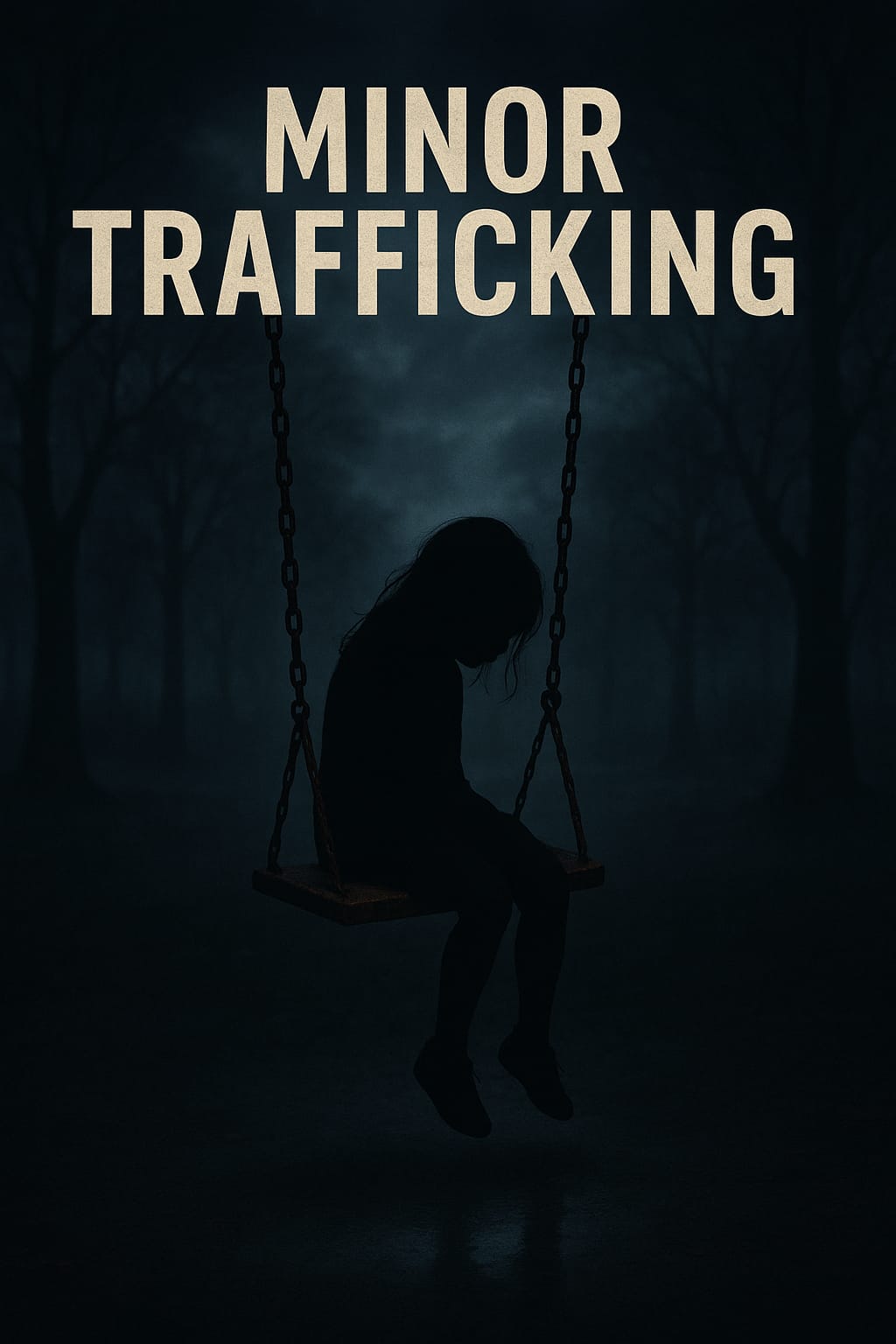Introduction
The Delhi High Court has issued a notice to the Delhi Police following allegations that rescued minor girls were being re-trafficked as a result of the negligence of the Delhi Police, raising valid concerns regarding the efficacy of India’s anti-human trafficking regime, in a troubling matter that has reopened discussions about the failures of the system. The allegations are found in a petition filed together by two non-governmental organisations (NGOs), and they reveal crucial shortcomings in how the police undertakes its procedure post-rescue. It also alleges that the police’s failure to follow basic legal procedure led to the re-trafficking of said minors.
The case is important not only as it deals with issues of human rights violations, but it must be considered on the legal and procedural grounds associated with how the state engages with minors after being rescued. It raises serious questions about the patterns of enforcement agencies downplaying the paramount importance of survivor protection post-rescue.
Background of the Case
The petitioners highlight the recent Delhi Police rescue of three minor girls from a sex-trafficking ring. Shortly after being rescued, the girls were released into the custody of their families. The petition asserts that the police did not conduct adequate verification before releasing them to confirm that the girls would be placed in a safe family environment and protected they were from any risk of re-exploitation.
Alarmingly, a short time after they were released, the girls went missing and it now suspected they may be with the same trafficking network again. The NGOs maintain that the re-trafficking likely could have been averted if the police had applied the existing procedures and consulted Child Welfare Committees (CWCs), as was their legal duty to do.
Court’s Reaction and Orders
The Delhi High Court stated that it takes the matter seriously and asked the Delhi Police to file an affidavit explaining the facts and circumstances and an explanation of the procedures followed during and after the rescue, focusing especially on the following issues:
• Whether the CWC was consulted prior to discharging the minor girls
• What steps were taken to verify the safety of the girls’ homes
• Why no follow-up monitoring or counselling was provided
The Court stated that it will not condone procedural lapses that cause the children to come to harm and that any lapses must be promptly followed up with institutional accountability.
Legal and Procedural Failures Highlighted
The petition outlines the following omissions by the officers:
1. Non-compliance with the Juvenile Justice (Care and Protection of Children) Act, 2015:
It is stated in the Act that every child rescued from the situation must be produced before the CWC and must not be released into the custody of any family member without first establishing the given child’s background and safety. This provision of the law appears to be ignored.
2. Failure to Notice Rehabilitation Planning:
Rescued minors have a right for rehabilitation planning to take place; housing, medical therapy, psychological therapy, and educational plans all must be included in the planning process. Without conducting rehabilitation planning, the minors were left further open to trafficking.
3. Failure to Put Agencies Together:
The officer of the newly created police unit did not work with the other authorities involved (both CWC, District Child Protection Unit, and Anti Human Trafficking Unit); it failed to understand the importance of a multidisciplinary approach in such cases.
Systemic Problems Beyond One Case
This episode is not an isolated occurrence. Across India, there have been several stories about re-trafficking with many of rescued victims returning to exploitation in the absence of institutional support or enforcement.
Experts contend there is a glaring disparity between rescue efforts or initiatives versus stakeholders’ responses on the re-integration and rehabilitation front, which is woefully underfunded and left to languish afterwards. If there is no consistent and robust mechanism for supervising, monitoring, and holistic support of rescued minors, they can easily slip back into an exploitative environment.
Equally important, frontline police are often inexperienced and under-trained to respond to the cases that require considerable sensitivity, especially with children.
It is essential to invest in capacity building, child victim-centric SOPs and oversight.
What Lies Ahead
The Delhi Police is currently being urged to file a detailed affidavit explaining failures and the processes to trace the missing girls. The High Court will likely want to scrutinise the response and may suggest broader structural changes to how law enforcement deal with child trafficking. Depending on the outcome, the Court could potentially direct the following measures:
•Mandatory consultation of CWCs in the case of all rescues
•Departmental inquiries into officer negligence
•Expected guidelines to minimize the risk of re-trafficking and establish post-recovery monitoring mechanisms.
Conclusion
This case serves as a stark reminder that rescue alone does not ensure safety for trafficking survivors. Protecting vulnerable children must go far beyond a police raid—it must provide legal protection, care in institutions, vetted reunifications, and after-care rehabilitation. The Delhi High Court’s intervention may well prove to be a watershed moment to initiate the many reforms needed for addressing the systemic handling of rescue, care and support by a prior child welfare system. At a particularly delicate time, when trafficking remains one of the most serious human rights issues in India, it is critical that every element of the state – police, judiciary and child protection works collaboratively to ensure that survivors are never failed again.
About the Author
Vidhupriya Sharma is a second-year BA.LLB student at KIIT School of Law, Bhubaneswar, with a strong academic grounding and growing expertise in the field of law. As an aspiring legal professional, she has a deep interest in corporate and business law, driven by the dynamic interplay between legal frameworks and the evolving global economy. Vidhupriya’s writing reflects a passion for simplifying complex legal concepts and making them accessible to a wider audience—students, professionals, and curious minds alike. Her academic background is complemented by an inquisitive approach to legal research, especially in the areas of mergers & acquisitions, company law, compliance, and financial regulation. When not immersed in case law or legal debates, she enjoys contributing to law journals, participating in moot courts, and engaging in discussions around contemporary legal issues that shape the business world. Vidhupriya is determined to build a career that bridges academic insight with practical corporate legal practice

